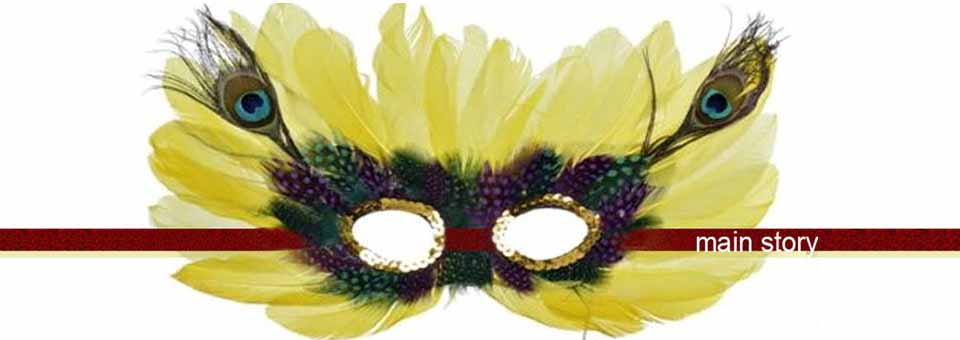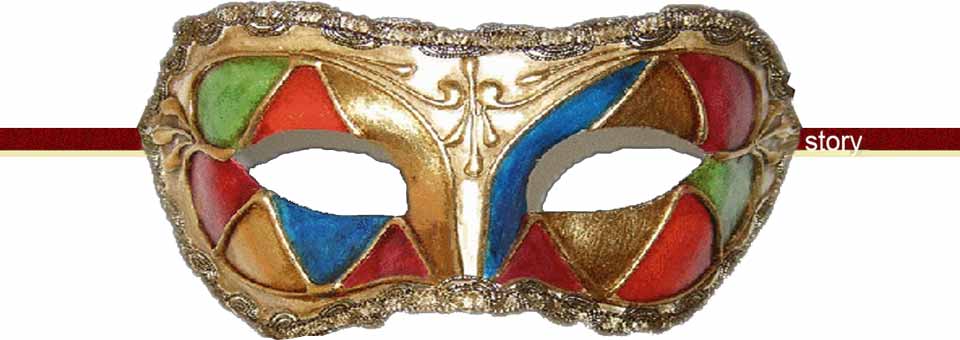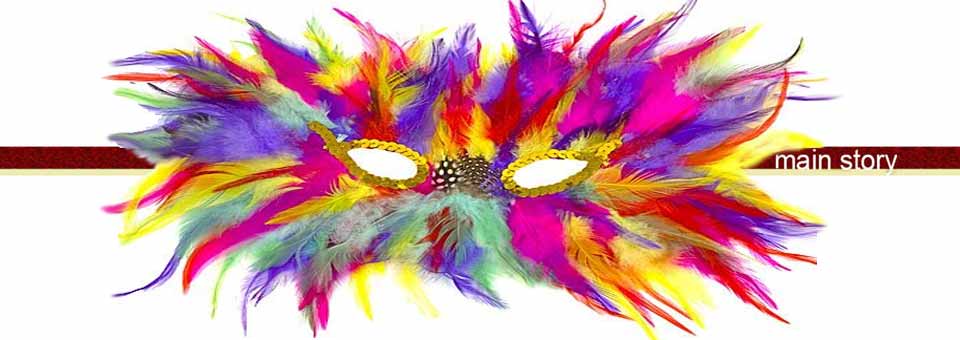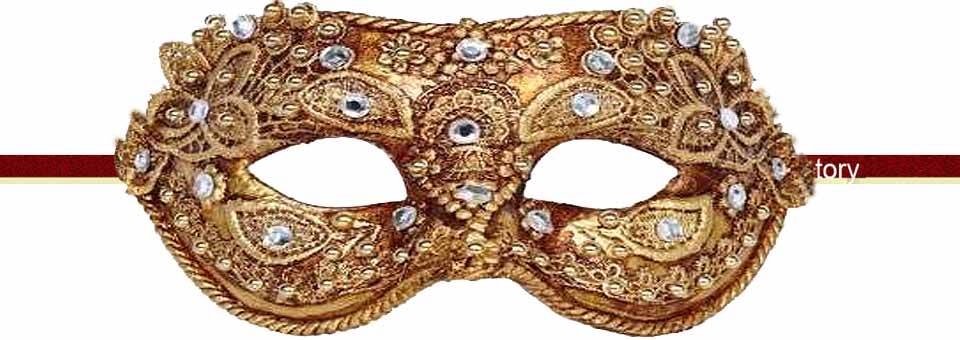Carnival is a worldwide phenomenon, an outburst of tradition and joy that engulfs locals while providing photogenic entertainment for travellers lucky enough to crash the party.
Carnival has also served as a way for those in the underclass to express their displeasure with the status quo. Satirical clothing, banners, and floats can be found at many Carnival celebrations; it’s no wonder that repressive regimes, such as Franco’s in Spain or the Communist regime of the former Soviet Union, discouraged or banned them.
“They are always subversive, because people are allowed to do things that are forbidden in real life,” says Cecile Duvelle, director of the Intangible Heritage Division at UNESCO, which protects cultural treasures and festivals like Carnival. It’s a “time of complete transgression,” as she puts it. “The King is not the king; you can joke about him. It’s a way to express irony, and criticism of power, in a festive way.”
The origins of Carnival are found thousands of years ago. Its beginnings can be traced back to the feasts of antiquity held to honor such gods as Bacchus and Saturn. During the Roman festival, slaves and masters would exchange clothes and spend the day in drunken revelry. To gain converts, the early Christian church incorporated pagan practices, tying them to the period of abstinence known as Lent, hence Carnival flourishes in places that have strong Catholic or Orthodox religious traditions.
During this period of Lent lot of people fast or give up certain indulgences, the most popular fast being a fast from meat. The real origin of the word "Carnival" is uncertain. Some state that the word comes from the Late Latin expression carne vale, which means "farewell to meat", signifying that those were the last days when one could eat meat before the fasting of Lent. The word carne may also be translated as flesh, so suggesting carne vale as "flesh is ok", a phrase actually embraced by certain Carnival celebrants who encourage letting go of your former (or everyday) self and embracing the carefree nature of the festival.
It all started in Italy…
Some of the best-known traditions, including carnival parades and masquerade ball masquerading, were first recorded in medieval Italy, spreading then to the Catholic nations of Spain, Portugal, and France.
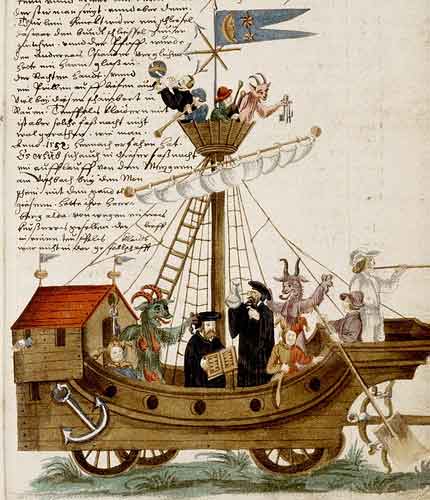
Der Schembartlauf, bis 1539
France took them to New France in North America. From Spain and Portugal, they migrated with Catholic colonization to the Caribbean and Latin America.
…Then taken to the Colonies
The Carnival in the Caribbean, as we know it today, originated in Trinidad, in the southern Caribbean back in the days of slavery. Back then there plantations were owned by French planters with slaves, and the major religion in Trinidad was Roman Catholic. During the days before Lent there would be a lot of parties. The slaves would have a street party while the French high society was inside having their gatherings.
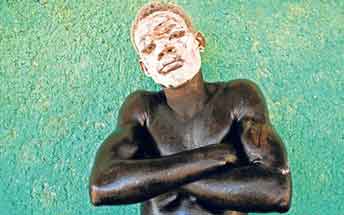
Nowadays during The Carnival of the Ferocious in Haiti, people paint themselves to symbolise the first slave inhabitants.
Carnival throughout the World
Carnival preparations are going on right now in Trinidad, Brazil, Aruba, Curaçao, New Orleans, Venice, just to mention some of the most eye catching and well known ones. With so many parades and people celebrating, Carnival is a sight to behold.
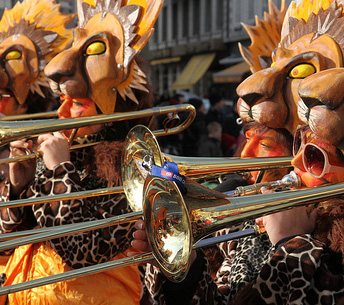
Carnaval des Enfants de Bulle
Venice, Italy:
the silent feast
Approximately 3 million visitors come to Venice every year for Carnival. Even so, this is one pretty “quiet” Carnival. As opposed to the musical parades we associate with these celebrations, in Venice costumed and cloaked figures with their faces hidden behind elaborated masks, glide mysteriously through the side streets during Carnevale, a tradition that emerged from the city’s centuries-old facility with mask-making. Hit the streets with your camera, as the piazzas turn into a photographer’s dream.

Rio, Brazil
One of the biggest
shows on Earth
Imported originally by the Portuguese and later garnished with French embellishments, Rio’s Carnival took on a different flavor when the city’s poorer residents, many of them descendants of African slaves, became involved after abolition in 1888. Now the rivalries between the samba schools are the pinnacle of the Carnival celebrations where tens of thousands of spectators and nearly 5,000 contestants crowd the Sambodromo in the ultimate samba throw down, rolling out “one of the biggest shows of the Earth".
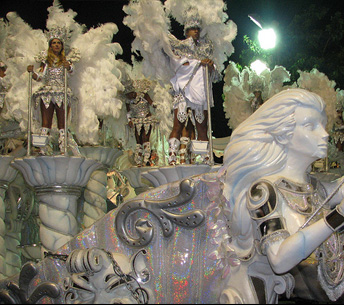
Aruba, turning 60
Carnival on the “One Happy Island” was born as a series of small street festivals. Today, Aruba's biggest celebration of the year is a month-long celebration consisting of festive "jump-ups" (street parades), spectacular parades and creative contests. On the evening before the start of Lent, Carnival officially comes to end with the symbolic burning of "King Momo."
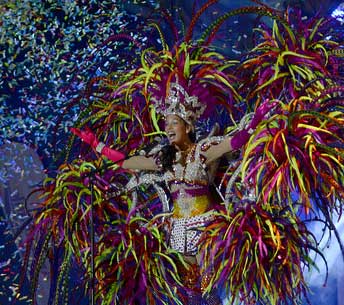
Follow the Aruba Carnival day-to-day
This year Aruba celebrates the 60th anniversary of its Carnival. Colors’ contributor Nyukwha is in Aruba covering the event. You can follow the day-to-day coverage in his
blog
New Orleans = Mardi Gras
Say "Mardi Gras" in the U.S. and everyone thinks of New Orleans, with its masked partygoers and debauchery. For the real fun, seek out the neighbourhood parades, where passers-by fight for the throws flung from floats.
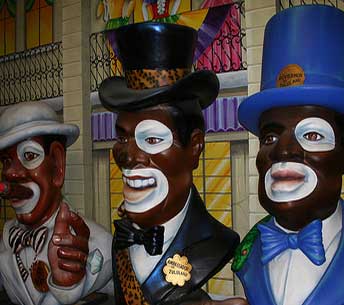
Trinidad & Tobago:
Soca & Calipso

In Trinidad & Tobago, Carnival is a festive time of costumes, dance, music, competitions, rum, and partying (also referred to as fete-ing). Soca and calypso music, fueled by the beat of steel pans, provide the soundtrack for the biggest Carnival in the Caribbean, which combines slave celebrations with Catholic traditions.
Goa, Carnival
with an Indian Twist
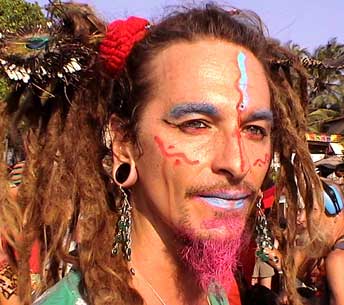
The Portuguese ruled this corner of India from the 16th century through 1961, importing their Carnival traditions and guitar music, including mournful fado. The celebrations now have more of an Indian twist, with Hindus participating along with those of Christian descent. The highlight is the procession of King Momo (the King of Chaos) through Goan villages.
Carnival has always been about spectators as much as participants. So should you find yourself at one of these parties, don’t be afraid to grab a mask and join in... and share your story!

Sources: Wikipedia, aruba.com, Ufficcio Provinciale per il Turismo di Venezia, Italy.com, ipanema.com, carnivalneworleans.com, triniscene.com
By Claudia Schalkx
Claudia is a multilingual consultant fluent in Spanish, English, Italian, and Dutch with over 25 years international experience in communications, public relations & marketing. She was born in Venezuela from Dutch parents, has lived and worked in Venezuela, Colombia, Curacao, St. Maarten, USA, Italy and The Netherlands where she resides. She is Colors Chief Editor. Her duties include content selection, revision & editing, finding and attracting collaborators, and identifying new business opportunities for Liberty Publications. More info
Infograghic: Filmagen / Images: venicemask.eu, ineverycrea.net, discoveryouritaly.com, Schembartlauf - Wikimedia Commons, Olivier Coret / Corbis / (telegraph.co.uk), "Carnaval des enfants de Bulle 2011" / detail (Flickr: Pierre Schwaller), "Carnaval 2010 Imperatriz Leopoldinense" / resized (Flickr: Team of Carvaval.com Studios), "60th Aruba Carnival - 2014" (Nyukwha's blog), "Carnival Queen" (Eric Hiss / wandermelon.com), "New Orleans 2007, Mardi Gras World" / resized (Flickr: David Stewart), "Hippie Carnival, Goa" / resized (Flickr: Peter Q).
More Main Stories /
Do you wish to write for Colors?


